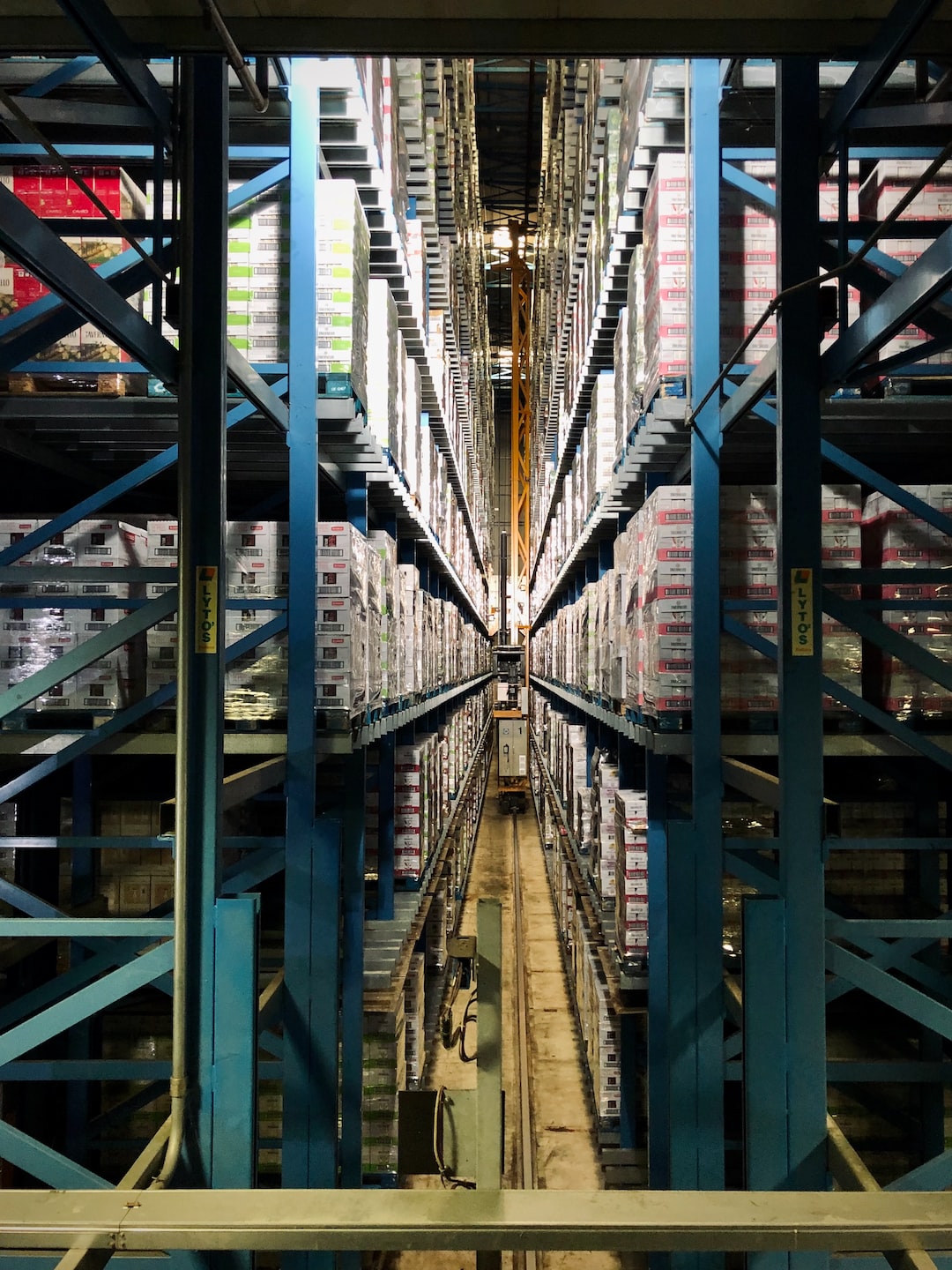The rapid rise of e-commerce has revolutionized the way we shop and has significantly impacted production and distribution processes. In recent years, online shopping has become a popular trend, providing consumers with convenience, variety, and competitive prices. As a result, the traditional brick-and-mortar retail industry is undergoing a significant transformation to adapt to this new digital landscape.
One of the key impacts of e-commerce on production processes is the rise of on-demand manufacturing. As online platforms have eliminated the need for physical stores, retailers now have the flexibility to produce goods only when orders are placed. This concept of just-in-time manufacturing has allowed companies to reduce inventory costs and waste, while providing a more customized and personalized shopping experience for consumers.
Additionally, e-commerce has enabled small businesses and entrepreneurs to enter the market with ease. In the past, establishing a traditional retail store often required significant capital and resources. However, with the advent of e-commerce platforms, setting up an online business has become more accessible and affordable. This has led to a surge in the number of online sellers, contributing to the growth of the digital economy.
Moreover, the rise of e-commerce has forced businesses to adapt their distribution processes. Traditional supply chains often involved a long and complex journey from the manufacturer to the retailer and finally to the consumer. However, with the emergence of e-commerce, companies have had to rethink their distribution strategies. The direct-to-consumer model has gained popularity, allowing manufacturers to bypass traditional intermediaries and sell products directly to the end consumer. This has resulted in faster delivery times and an overall improvement in customer experience.
Another significant impact of e-commerce on production and distribution processes is the utilization of advanced technology. With the help of automation and artificial intelligence, companies can streamline their operations, enhance efficiency, and reduce costs. For instance, warehouse robots can now handle tasks such as inventory management, product sorting, and packaging. This automation not only saves time but also reduces the margin of error, leading to increased customer satisfaction.
Furthermore, the rise of e-commerce has given birth to new business models such as dropshipping and subscription-based services. Dropshipping allows retailers to sell products without having to keep them in stock. Instead, they partner with suppliers who handle the inventory and shipping process. On the other hand, subscription services offer customers a recurring delivery of products or services. These models have disrupted the traditional retail landscape and highlighted the importance of flexibility and convenience in today’s fast-paced world.
In conclusion, the rise of e-commerce has had a profound impact on production and distribution processes. It has given rise to on-demand manufacturing, empowered small businesses, redefined supply chains, and leveraged advanced technology. As e-commerce continues to evolve, it is crucial for companies to adapt and embrace this digital transformation to stay competitive in the market. While traditional retail will always have its place, it is clear that e-commerce is here to stay, reshaping the way we produce, distribute, and consume goods.

